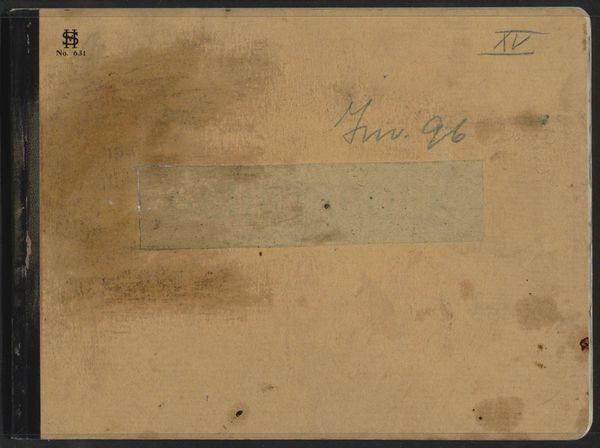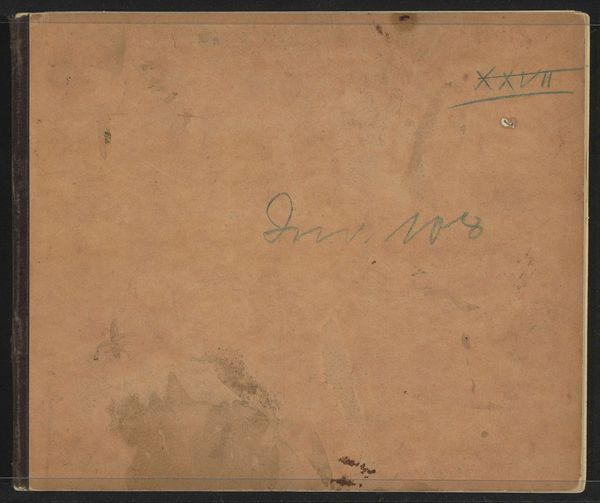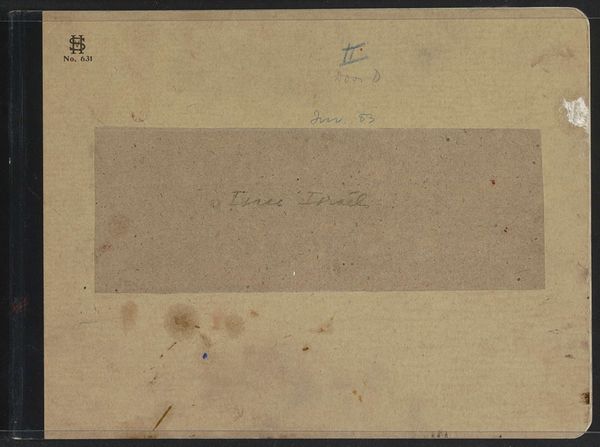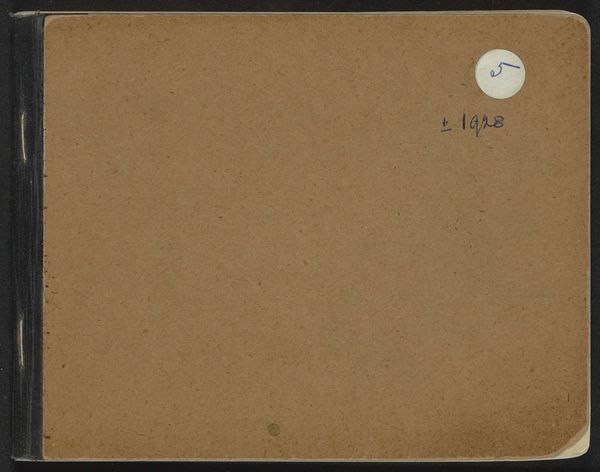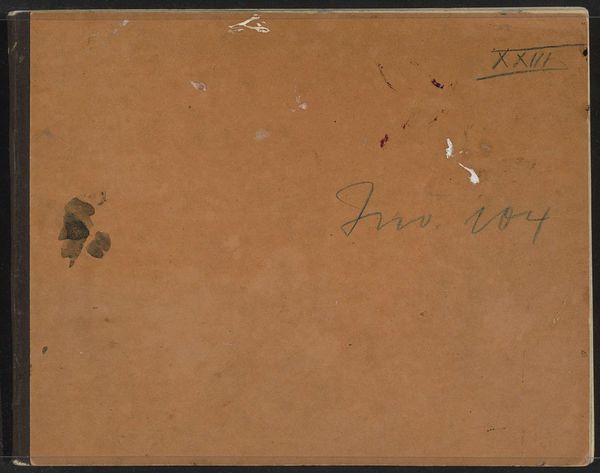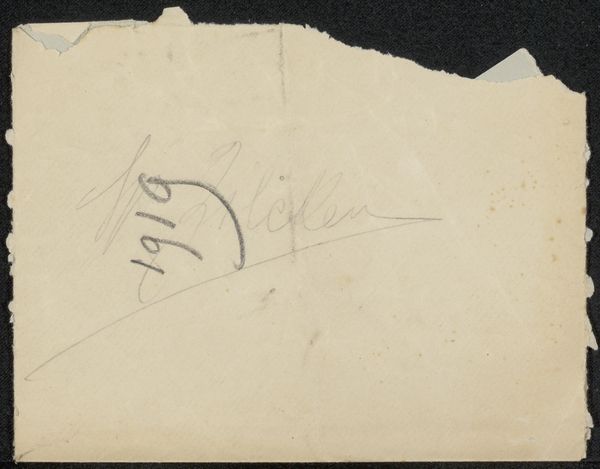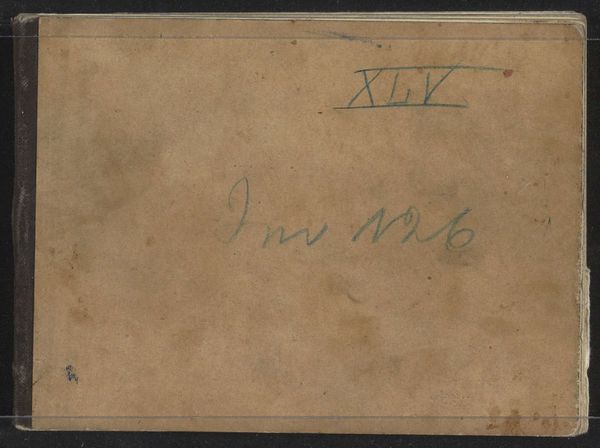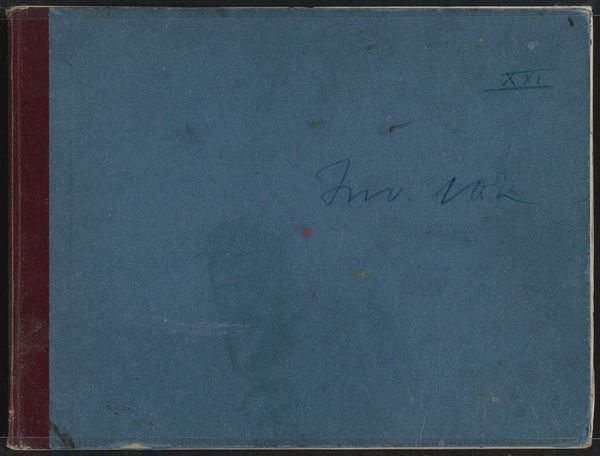
drawing, coloured-pencil, paper
#
drawing
#
aged paper
#
toned paper
#
coloured-pencil
#
paper
#
personal sketchbook
#
coloured pencil
#
ink colored
#
sketchbook drawing
#
watercolour bleed
#
watercolour illustration
#
sketchbook art
#
watercolor
Dimensions: height 234 mm, width 311 mm, thickness 12 mm, width 630 mm
Copyright: Rijks Museum: Open Domain
Curator: This is Isaac Israels' "Sketchbook V with 33 leaves with artists," created sometime between 1875 and 1934. Editor: My first impression is… aged. The toned paper has this fantastic texture that suggests the passage of time and hints at countless sketches. Curator: Indeed, its materiality speaks volumes. Consider the composition; a rectangle filled with the residue of creative thought – faded ink markings, watercolor bleeds, all suggesting layers of artistic exploration. It reads almost like a palimpsest. Editor: Do we know what these sketches capture? Did Israels use it for preparatory sketches for larger paintings, or are these subjects complete in their own right? I wonder what stories they hold. Curator: The sketchbook as a form is itself an interesting document of artistic labor. It gives us access to a more informal creative process – a space where he might not be concerned with finished products and could experiment freely. Israels, entrenched in depicting the daily life and fleeting moments, likely used this for capturing figures in cafes or on the streets. Editor: So, the museum presents it in this manner, as a document, thus reinforcing the romantic trope of the artist constantly observing and recording. What is revealed to the modern audience, though? Do we see the gritty urban existence or merely a highly selective portraiture? Curator: Both, perhaps? By showcasing this "private" collection of fleeting moments, the museum presents a constructed narrative about artistic identity. The public is offered an intimate view of the artist at work, subtly shaping our understanding of his vision. Editor: A peek behind the curtain that then reaffirms it. Seeing this, I reflect on the significance we place on remnants, scraps even, once associated with creators of prominence, and how those materials become charged. It is indeed about a narrative carefully cultivated and consumed. Curator: Precisely. And on a deeper level, even if this specific sketchbook doesn't become charged with meaning for the common observer, others are made of paper. The art form serves to highlight our everyday art form while giving our audience greater access to a specific historical account and vision. Editor: True; food for thought. Thank you.
Comments
No comments
Be the first to comment and join the conversation on the ultimate creative platform.
